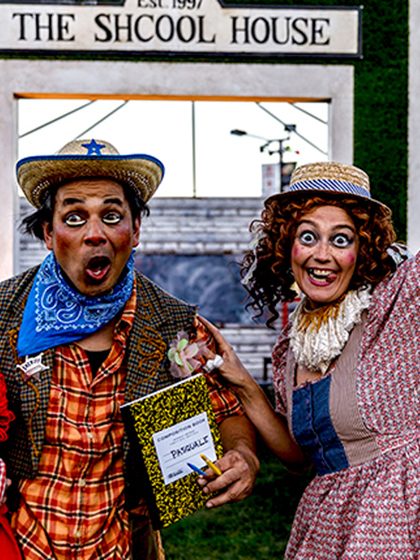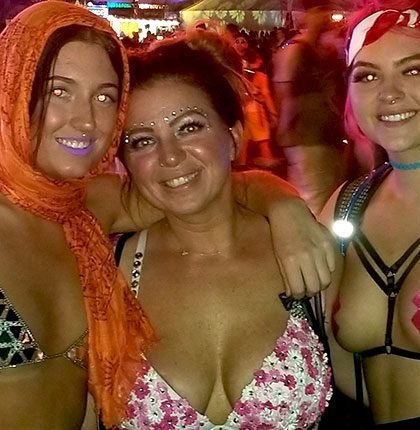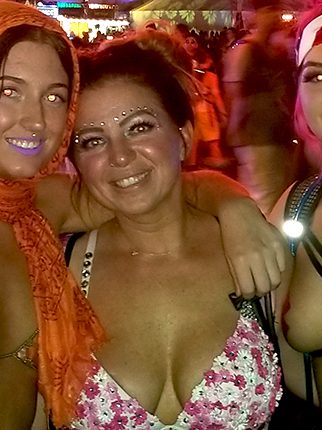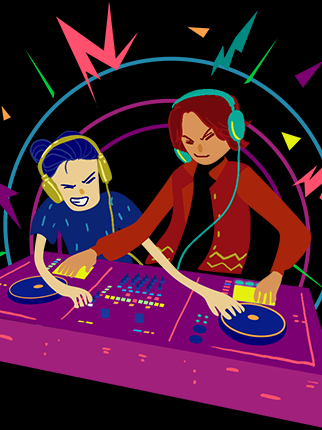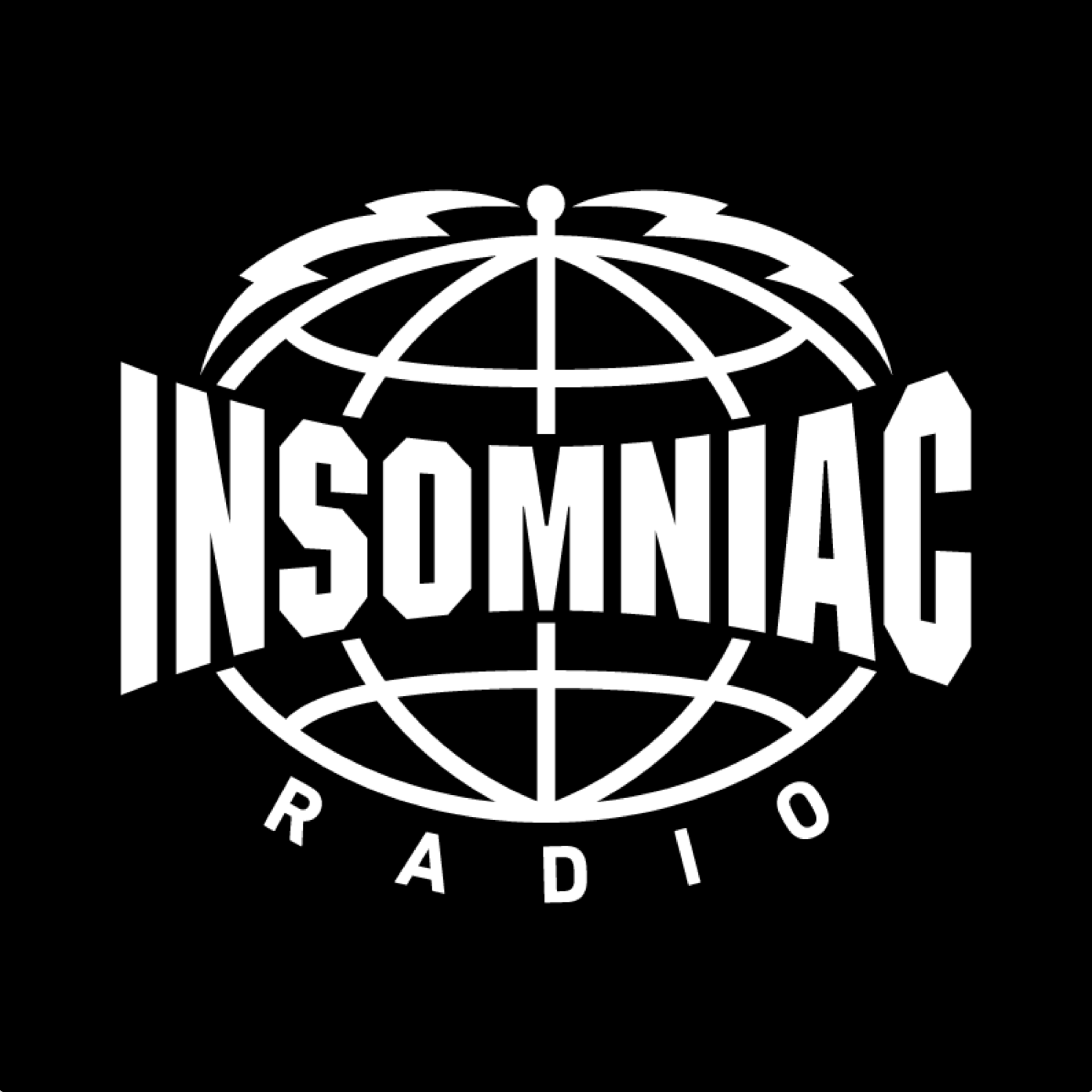Camp OG: A New Generation Gets Back to the Basics
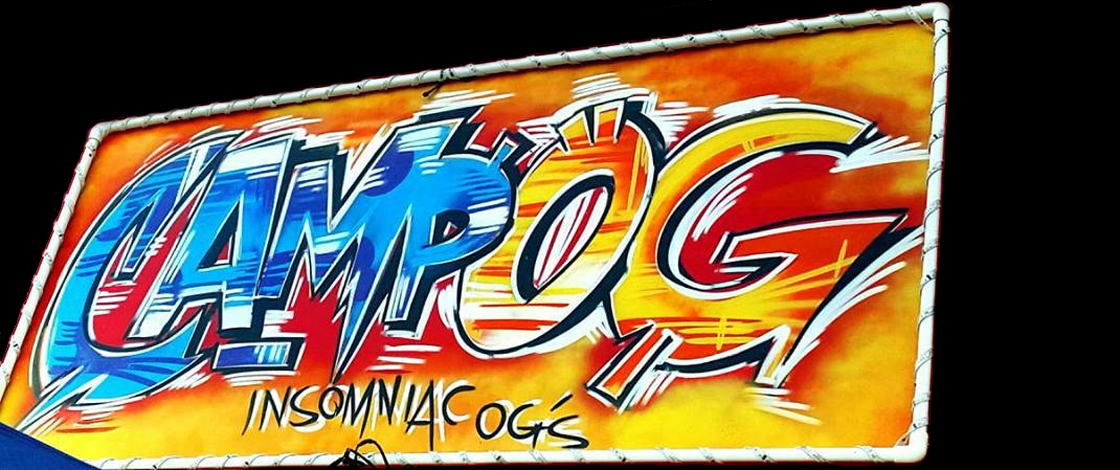
Amid all the blazing lights and human traffic at Beyond Wonderland this past March was a new stronghold in the long electronic revolution. As I walked up with my family, it looked like the pop-up base of a military operation: trucks and cars parked in a perimeter, tarps and overhangs for shade and councils, and meal tables to feed the troops. One could almost imagine choppers dropping in tanks or reinforcements parachuting in.
But then we spot a sound system and DJs pulling up with crates of vinyl records—DJs like Oscure and Anik. There’s a checkpoint in the form of an old camper at the front and a canopy over its open front door, with James “J-Dubs” Warner pointing newcomers this way and that, signing them in, and giving them the lowdown. Like a sergeant, he keeps things moving along. He wears a black Insomniac T-shirt with its original turntable logo by Jason “Splat” Deyarmin, which Warner printed for those in the know. This is a gathering that embodies Insomniac’s history, taking on the motto, “Bringing It Back to Basics Since 1993.” Welcome to Camp OG.

Camp OG came about spontaneously at the 20-year anniversary of Nocturnal Wonderland. As part of the show’s celebration, Insomniac founder Pasquale Rotella booked a number of DJ alumni who played Insomniac’s earliest parties, including local Los Angeles legends like Fester and Mojo. Insomniac ravers and friends loyal to Insomniac since the ‘90s also came out in force, and between Warner and other likeminded “OGs,” a camp was set up to gather and have fun, bring family, and keep the values of the underground alive and well.

Warner, here with his wife and son, has been going to Insomniac since its very first weekly in Los Angeles’ Crenshaw neighborhood. “I was a speaker head; I was always at the speakers,” he says. “There would be 15 to 20 people back behind you, going at the speakers. Everyone was dancing, unlike today. At a club of a hundred people, there would be 90 people dancing and maybe 10 people standing around.”

“What made [Pasquale’s events] different from anybody else’s were the people that went, the people that were dedicated,” Warner adds. “It was a lot about respect. At any given time, you could turn around, and if you didn’t already know the person, then you knew they were going to be your friend. It was more like a family.”

It feels like that now as you look around Camp OG. It has that cozy hardcore energy, and I see lots of faces I know. There’s Adrian Garcia, back from his annual stints in Europe doing art installations. I talk to Jediah Eaton and his wife Lesley, who met 20 years ago at an Insomniac party, their teenage kids growing up close to the groove. There’s Max Rojas, who still helps stitch together L.A.’s vast underground network, from Insomniac to Doc Martin’s Sublevel to Moontribe; M.C. Mickey Flair in fuzzy purple Lakers regalia; Randy “J” Jacobson, a human database of techno, and a family friend; Mark Trance, my wizard of rave, tall and gentle, saying hello to my daughter. So begins another generation, from one to the next, unbroken.

